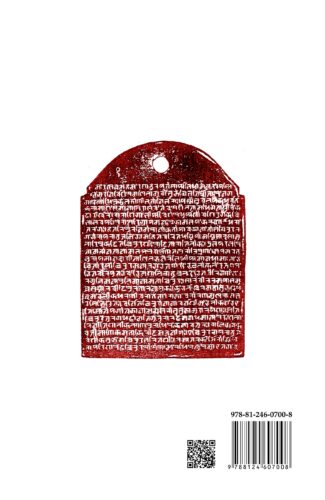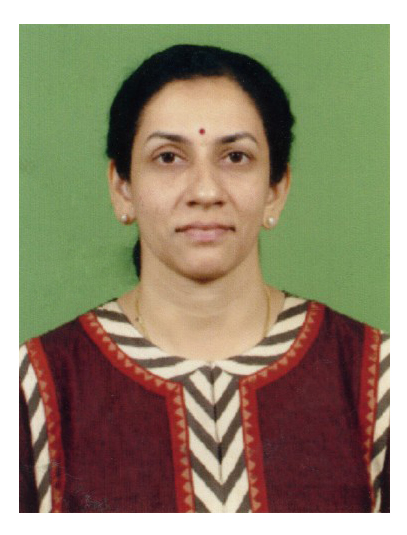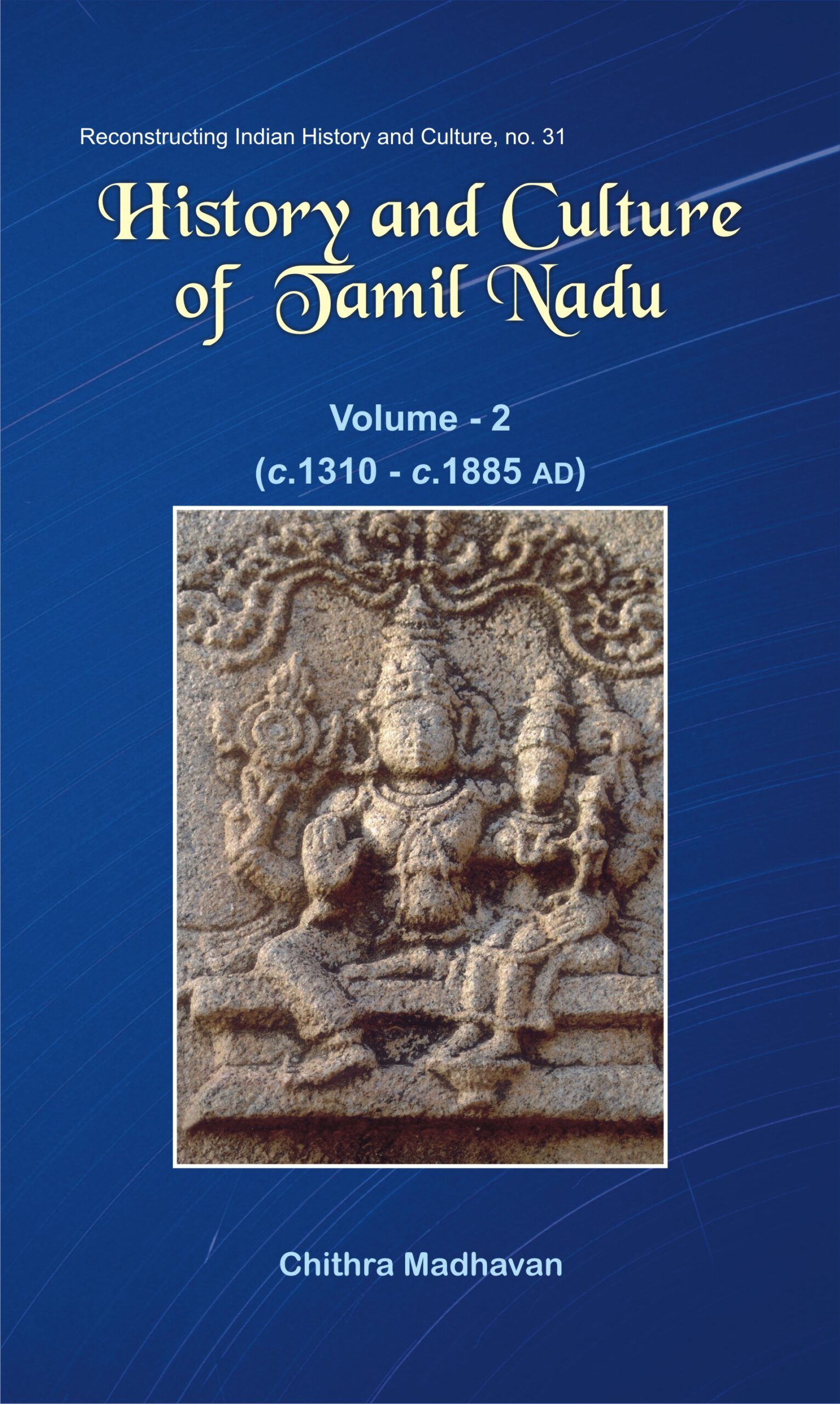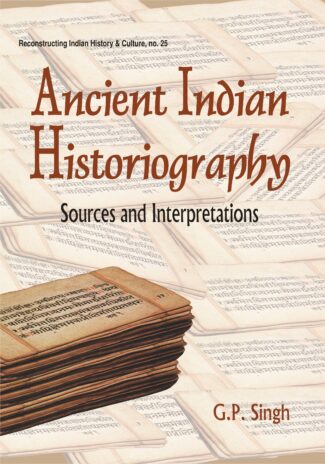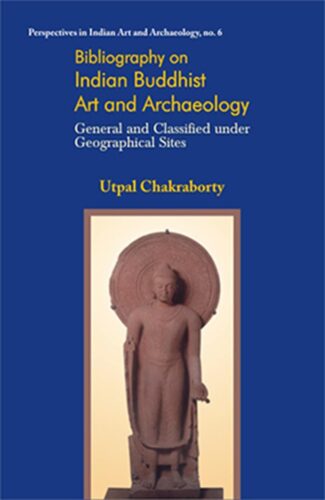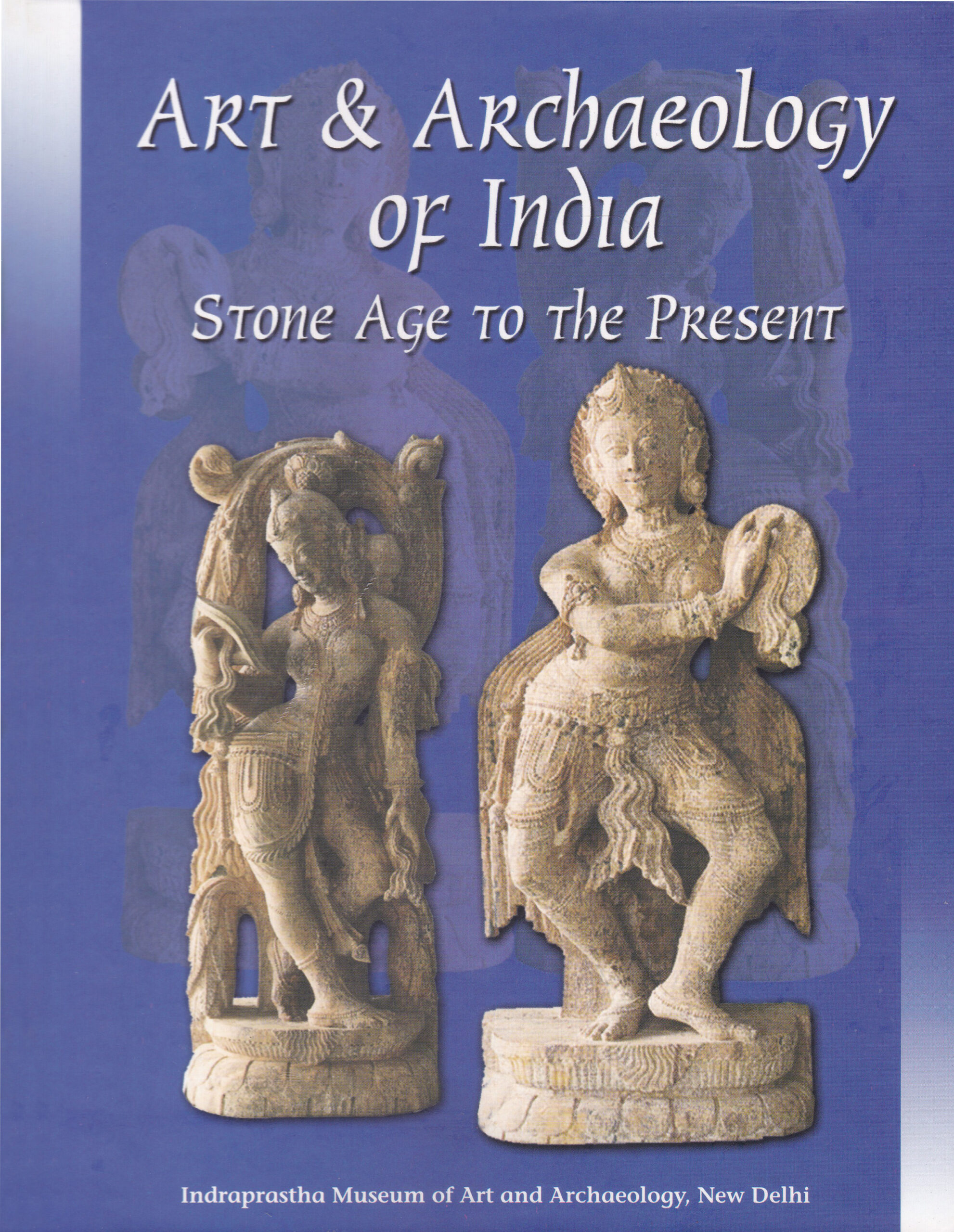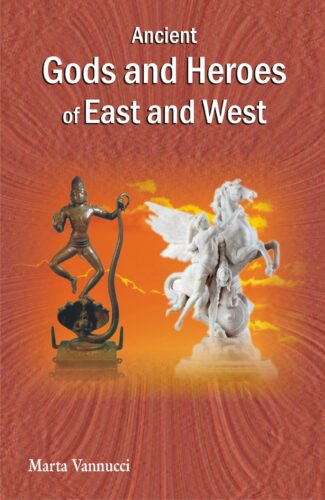

Sanskrit Education a...
Sanskrit Education and Literature in Ancient and Medieval Tamil Nadu (PB)
An Epigraphical Study by: Chithra MadhavanSanskrit education was a prime focus of the Pallava, Pandya, Cola, Vijayanagara, Nayaka and other kings of the Tamil country. Education was disseminated through agraharas, ghatikas, temple-colleges and mathas. Much authentic and interesting information about Sanskrit education and literature is available from the copper-plate grants and stone epigraphs.
Original price was: ₹400.00.₹360.00Current price is: ₹360.00.
ISBN: 9788124607053
Year Of Publication: 2013
Edition: 1st
Pages : xvii, 244p.
Bibliographic Details : Bibliography; Index
Language : English
Binding : Paperback
Publisher: D.K. Printworld Pvt. Ltd.
Size: 23 cm.
Weight: 550
Education, especially Vedic and Vedantic, along with allied subjects, was a prime focus of the rulers of the Tamil kingdoms. This book highlights the educational initiatives during the reigns of the Pallava, Pandya, Cola, Vijayanagara, Nayaka and other kings.
The inscriptions across the Tamil country talk about Sanskrit education in detail. Agraharas, ghatikas, temple-colleges and mathas were the main educational institutions propagating Sanskrit texts. The teachers were handsomely paid and bhatta-vritti was the norm of the day; villages were donated to them Þ either as ekabhoga or as agrahara (brahmadeya). There were poets and composers among the rulers, as an embodiment of their dedication to education. The numerous grants act as authentic sources of information on the reigns of these rulers, scholars, composers and educational institutions across many centuries Þ beginning from the Pallava times.
Giving a deep insight, this book is an invaluable source of information for students and researchers in the ancient and medieval history of India.
Foreword
Preface
Abbreviations
Introduction
1. Pallavas
Early Pallava Inscriptions Ghatika Meeting Place of the Ghatika Members of the Ghatika Subjects Taught at the Ghatika Simhavarman Simhavishnu (sixth century ce) Mahendravarman I (c. ce 600-30) Parameshvaravarman I (ce 670-91) Narasimhavarman II (c. ce 691728) Nandivarman II Pallavamalla (ce 731-96) Nandivarman III (ce 847-62) Nripatungavarman (ninth century ce) Kopperunjinga Epigraphical Poets Inscriptions as a Mirror to Sanskrit Literature
2. Pandyas
Maravarman Rajasimha I (c. ce 730-65) Jatila Parantaka NedunjadaiyaÌn (eighth century ce) Parantaka Vira Narayana (tenth century ce) Sundara Pandya (tenth century ce) Rajasimha II (tenth century ce) Vira Pandya (tenth century ce) Epigraphical Poets of the Pandyas
3. Ays
KarunandadakkaÌn (ce 857-85) Kandalur Shalai
4. Colas
Aditya Cola I (c. ce 871907) Parantaka Cola I (ce 907-55) Parantaka II (ce 956-73) Rajaraja Cola I (ce 9851014) Rajendra Cola I (ce 1012-44) Rajadhiraja Cola I (ce 1018-54) Vira-Rajendra (ce 1062/631070) Kulottunga I (ce 10711122) Vikrama Cola (ce 1118-35) Kulottunga Cola II (ce 1133-50) Rajaraja Cola II (ce 1163/661179/82) Kulottunga Cola III (ce 1178-1217) Rajaraja Cola III (ce 1216-50) Poet-Composers of the Sanskrit Inscriptions Vidyacakravartins Other Poets
5. Second Pandyan Empire
Jatavarman Kulashekhara I Maravarman Sundara Pandya I (ce 1216-38) Jatavarman Sundara Pandya I (ce 1251-68) Maravarman Kulashekhara I (ce 12681308)
6. Hoysalas
7. Vijayanagara Empire
Bukka I (ce 1356-77) Vedanta Deshika Harihara II (ce 13771404) Virupaksha I Devaraya I (ce 1406-22) Devaraya II (ce 1422-46) Vira-Nrisimha (ce 1503-09) Krishnadeva Raya (ce 1509-29) Acyuta Raya (ce 1530-42) Sadashiva Raya (ce 1542-76) and Rama Raya Dindima Poets Shriranga Raya I (ce 1572-85) Venkata II (ce 15861614) Ettur Lakshmikumara Tatacarya Appayya Dikshita Venkata III (ce 1630-42) Poet-composers of the Sanskrit Inscriptions Manipravala Inscriptions
8. Nayakas
Nayakas of Madurai Virappa Nayaka (ce 1572-95) Krishnappa Nayaka II (ce 15951601) Tirumala Nayaka (c. ce 1623-59) Nayakas of Tanjavur Sevappa Nayaka (c. ce 1532-80) Ratnakheta Shrinivasa Dikshita Acyutappa Nayaka (c. ce 15601614) Raghunatha Nayaka (c. ce 1600-34) Govinda Dikshita
9. Later Pandyas
Plates
Bibliography
Epigraphical Sources
Literary Sources
Sanskrit
Tamil
Secondary Sources
Articles
Journals
Index



